Sushi Heidelberg
Top 10 RestaurantsSushi in Heidelberg: A delectable and authentic experience
If you’re a sushi lover, you’ll be happy to hear that Heidelberg has some excellent sushi restaurants. From traditional Japanese sushi to fusion creations and all you can eat restaurants, there is something for everyone. In Heidelberg, you can really live out your passion for sushi and the fun of eating Japanese food.
Top 10 Sushi Restaurants in Heidelberg
Searching for the perfect sushi restaurant, it’s easy to get confused. How high is the quality? How beautiful is the ambience or the view? How creative are the dishes? Or how friendly is the team? With so much to choose from, it can be overwhelming to find the right information and sift through hundreds of reviews.
This list of the 10 best sushi restaurants will help you find the perfect cuisine, with the best menu to make your sushi night unforgettable. From a beautiful restaurant with charming tables to a small traditional sushi bar.
Yami Sushi
Heinrich-Fuchs-Straße 100
69126 Heidelberg
0162 9135151
Taumi Heidelberg Sushi & Grill
Grüne Meile 20
69115 Heidelberg
06221 3538836
Sushi Bar SameSame
Steingasse 3
69117 Heidelberg
06221 7291737
Shilling Roofbar
Alte Glockengießerei 9
69115 Heidelberg
06221 7333003
Sakura
Bergheimer Str. 7
69115 Heidelberg
06221 4531872
Kicho
Hebelstraße 3
69115 Heidelberg
06221 160337
KAORU
Langer Anger 42
69115 Heidelberg
06221 6740060
iKoi
Hauptstraße 105
69117 Heidelberg
06221 7256999
Gourmet City
Im Breitspiel 5
69126 Heidelberg
06221 3383590
Choa Restaurant
Zwingerstraße 20
69117 Heidelberg
06221 7288106
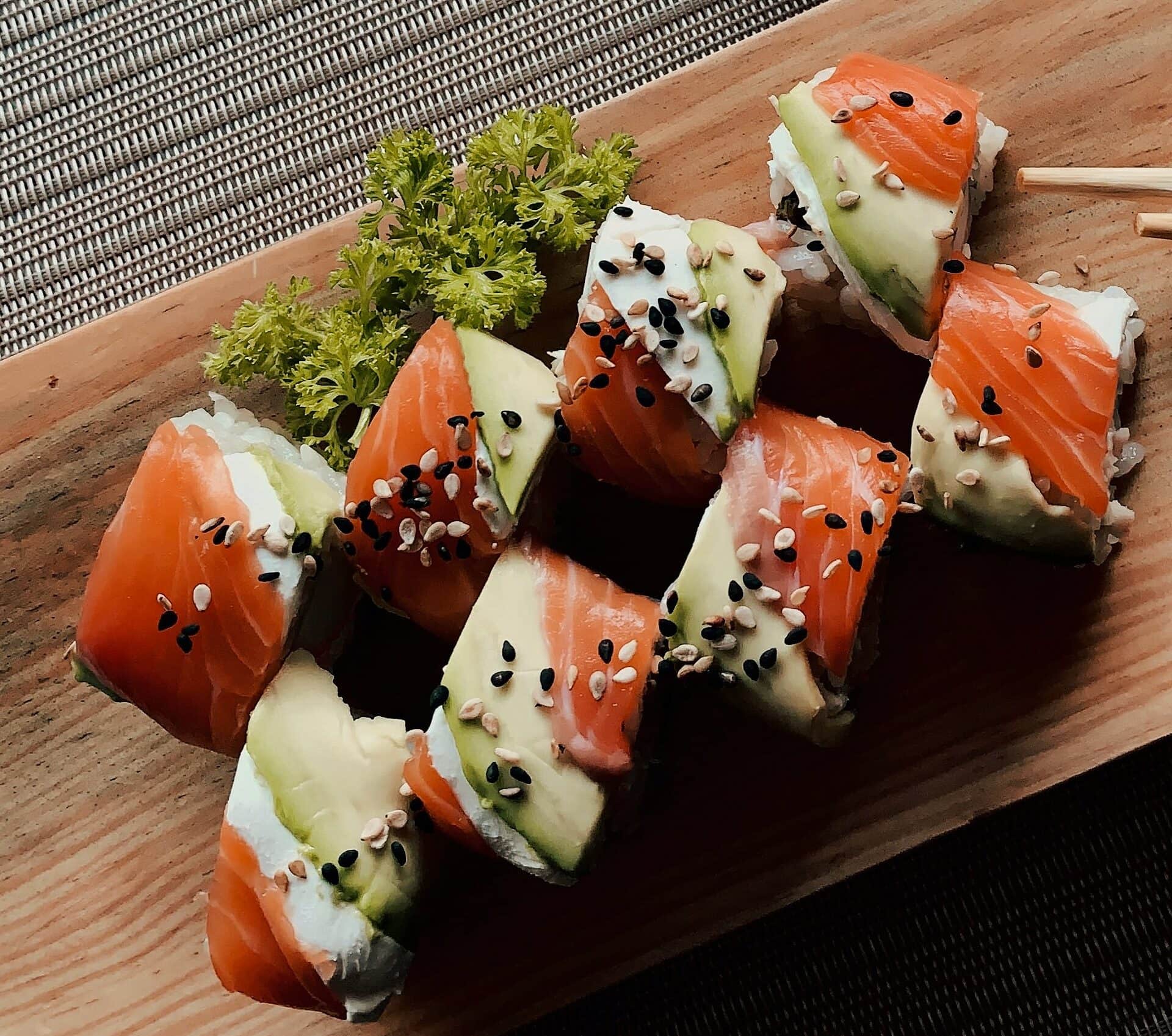
What is sushi?
Sushi is a classic Japanese dish. It is a small rice roll that is combined with raw fish, seaweed, tofu and vegetables or even egg. It’s served in bite-sized pieces. The name, which is derived from the Japanese “sour”, comes from the fact that the rice used, among other things, is mixed with vinegar and thus receives its unique taste.
What makes the perfect sushi?
Sushi is just rice and raw fish, so it should be easy to prepare, right? Not quite, anyone who has ever tried to make it themselves knows how difficult the process can be. In fact, it can take decades to master the skills of sushi preparation down to the last detail. It is especially the details, that make sushi preparation an art.
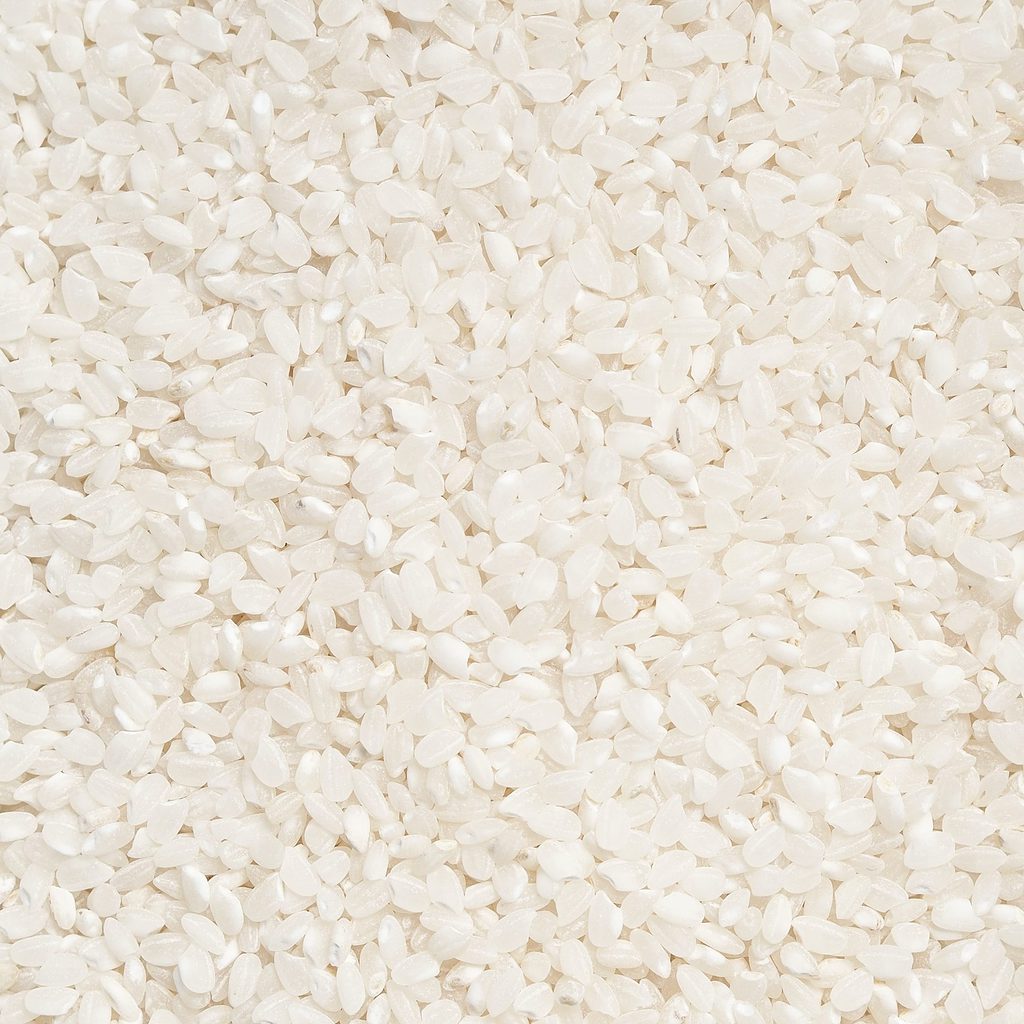
Rice
The sushi rice or “Shari” is a special rice that is particularly sticky after cooking. The addition of vinegar, sugar and salt gives it its unique flavor. It is particularly important that the rice is at room temperature when eaten and does not break when grasped with chopsticks or the hand. Only in mouth the rice roll should dissolve and develop its flavor.
Neta
The so-called neta is the filling or topping of the sushi. In addition to fish and vegetables, other ingredients such as tofu or egg can also be used as sushi topping. There are countless ways to fill or top the sushi. However, the most important thing is that the amount of toppings fits the amount of rice and is always fresh.
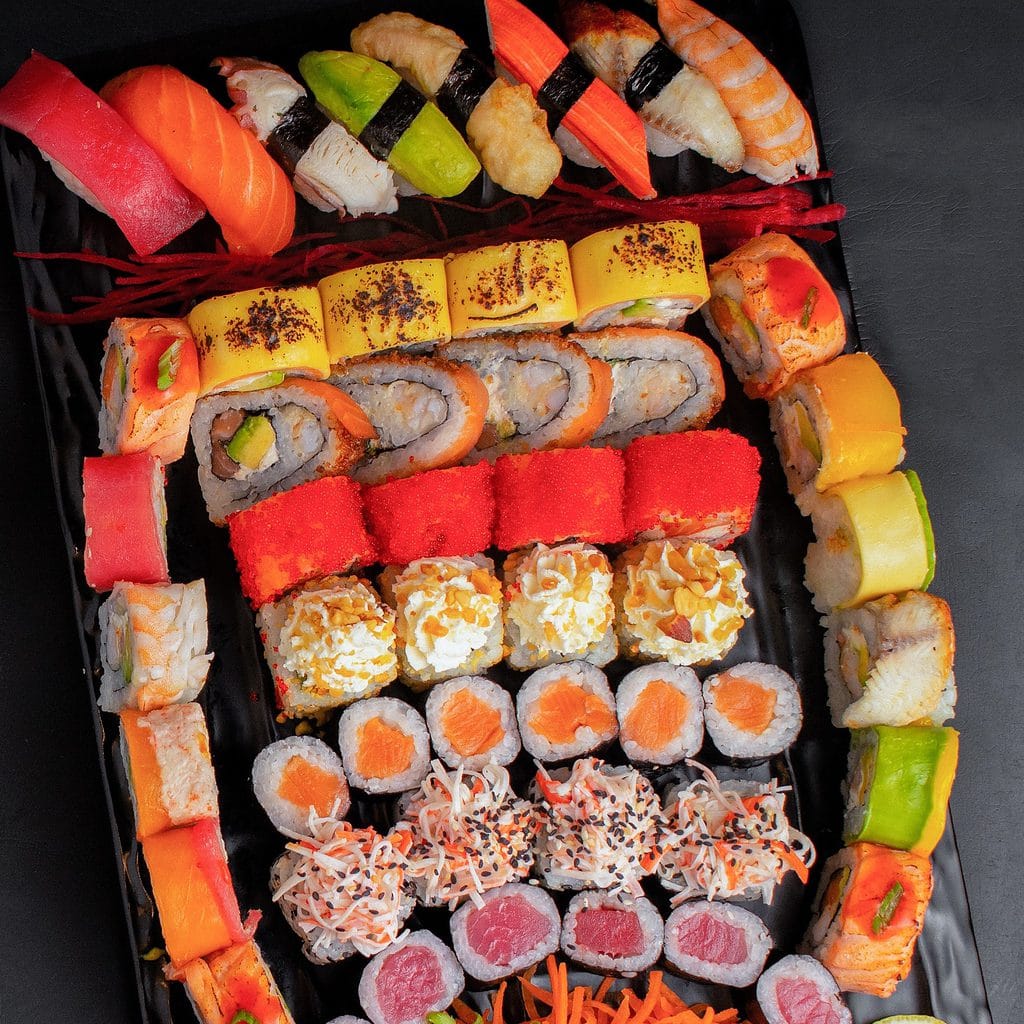
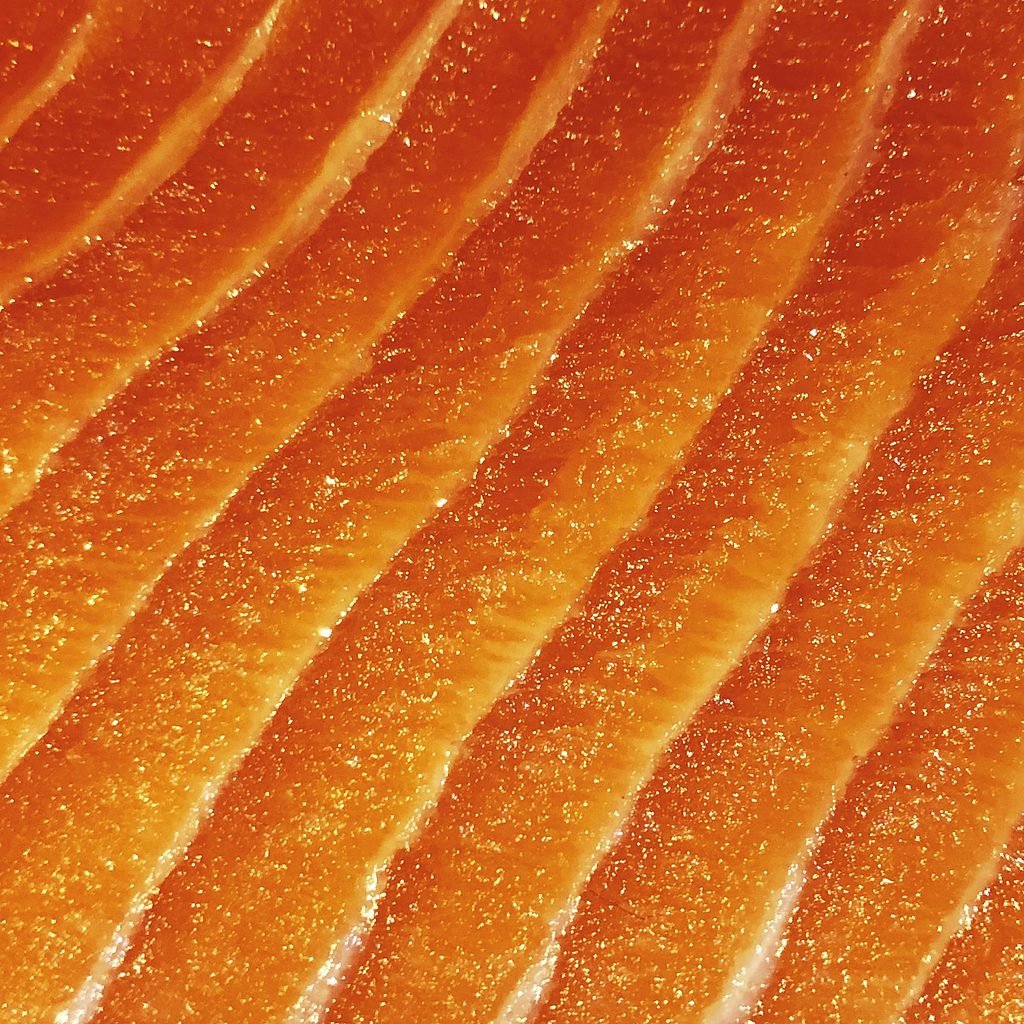
fish
Even if the amount of fish in a piece of sushi is small, it should be of high quality. The fish should be firm and shiny and not wet or greasy. The term “sushi-grade fish” describes such fish that is of perfect quality and can be eaten raw without hesitation. Although there are no standards for the use of this term, it means that the fish is of the highest quality.
Different types of sushi
For the production of high quality sushi, the preparation is as important as the ingredients and the proportions. Therefore, some methods of preparation of sushi are presented here. Basically, a difference is made between 2 basic forms of sushi: The Maki and the Nigiri. There are many more variations, but they are all based on these two basic forms.
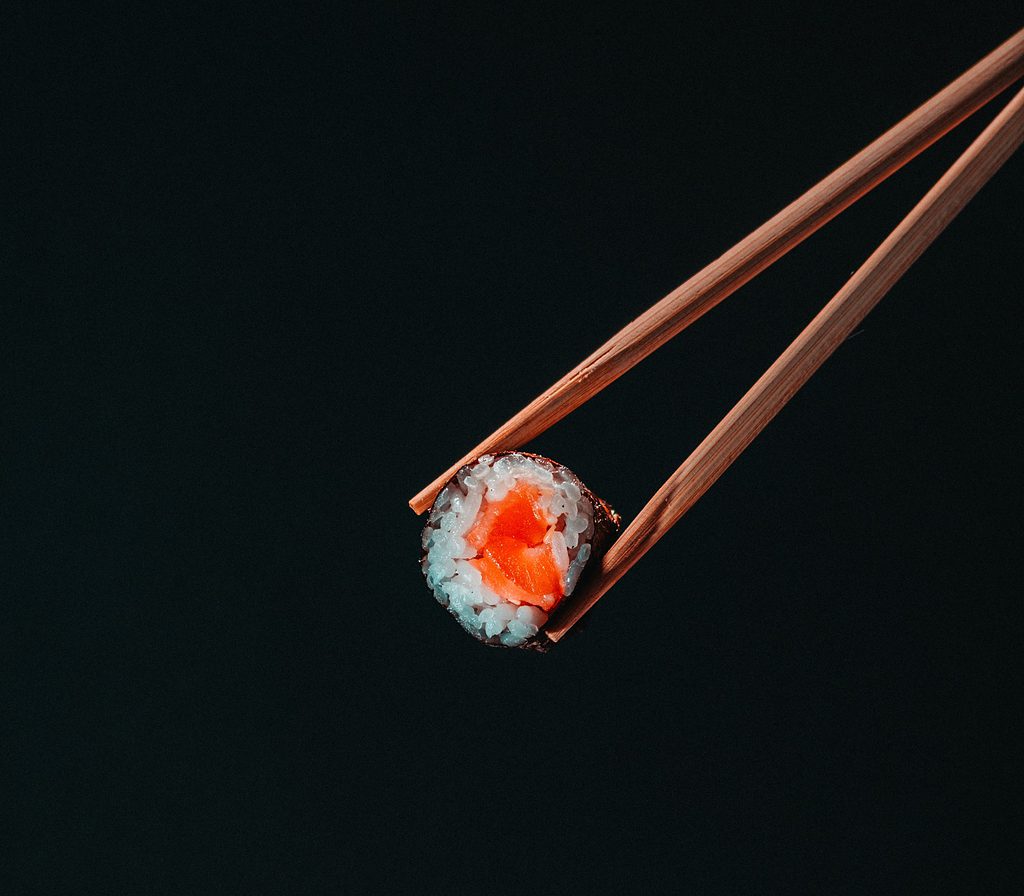
Maki
In maki, rice and neta are rolled into a nori sheet. Whether it’s salmon, avocado, tofu or all together. Maki can be filled with anything, as long as it is delicious. Also from Maki there are most diverse variations their biggest common feature being the form of a roll.
Nigiri
A rice roll, or a small rice ball, on which fish or other ingredients are placed is called nigiri. There are many different types of nigiri. With some the fish is simply loosely put on it, with others the topping is fastened with a strip of the nori leaf (seaweed leaf) and again others are even wrapped with it and filled like a bag.
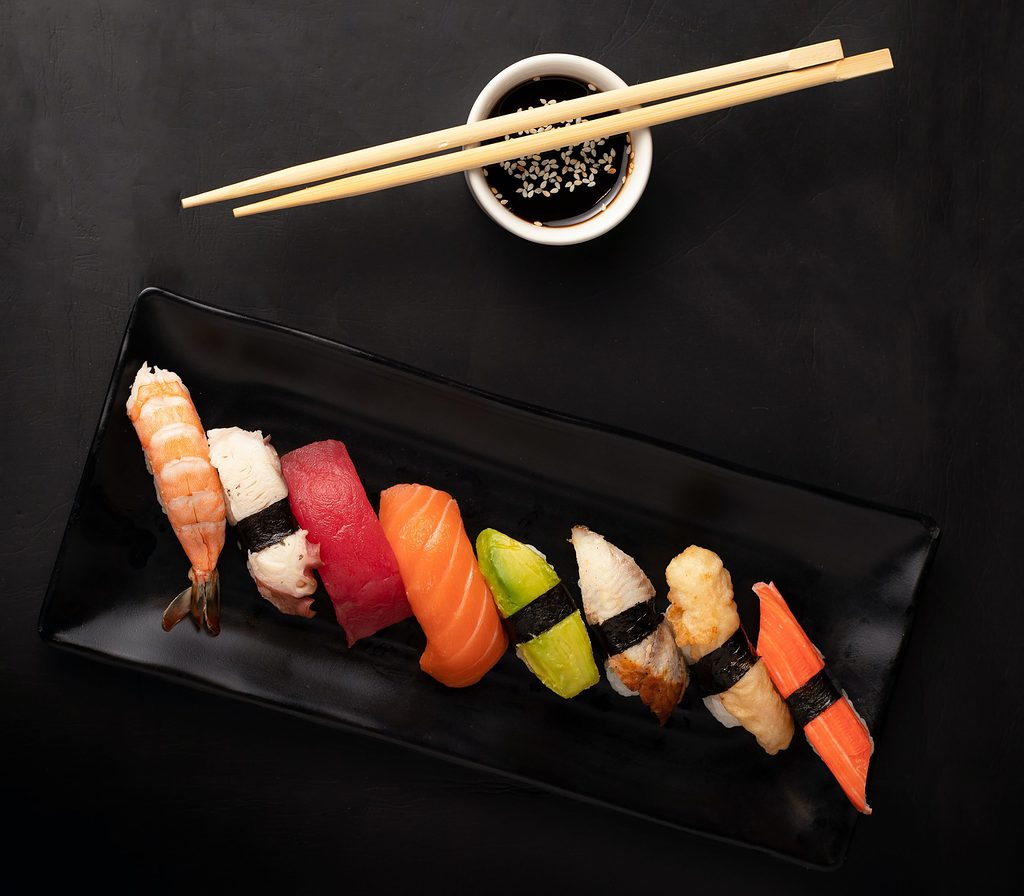
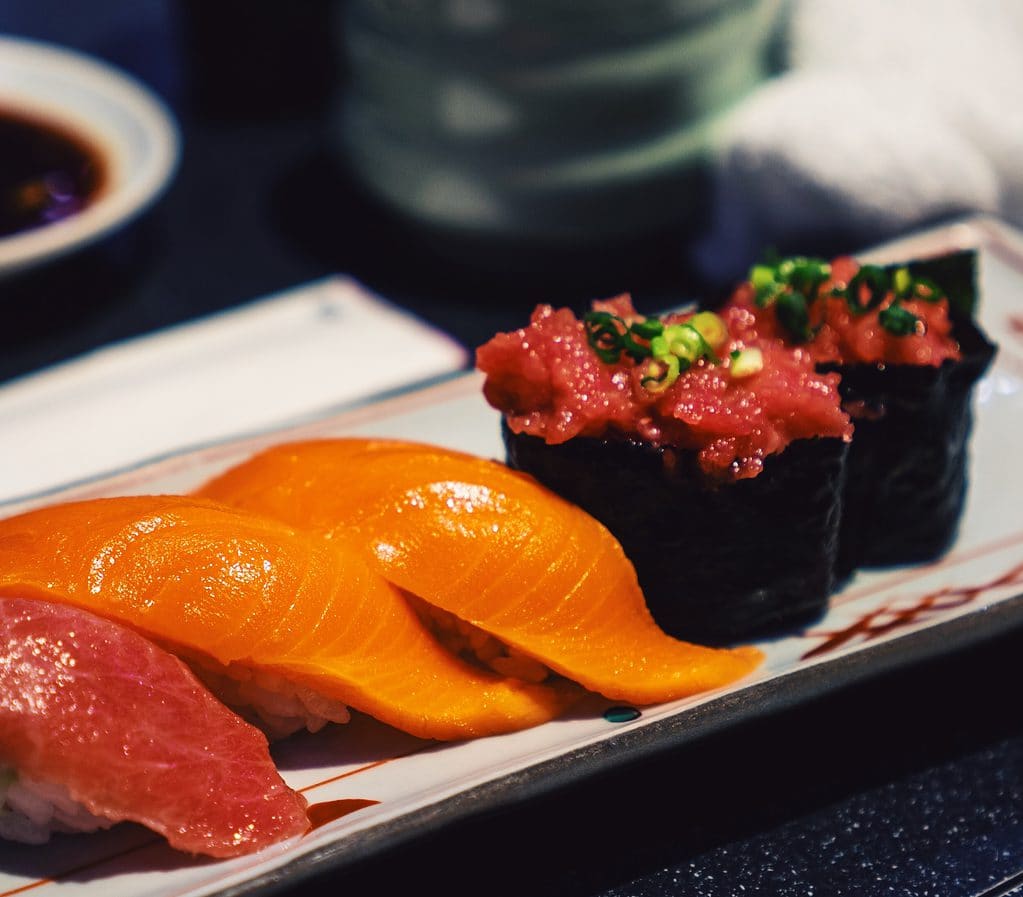
Gunkan
Gunkan means warship and is a special form of nigiri sushi. Gunkan are ship-shaped cubes of sushi rice wrapped by a long strip of seaweed to form a shell that can be filled with a topping.
Uramaki
Uramaki is a variation of the classic maki where the rice is on the outside of the roll. This type of sushi is often called inside-out sushi because the rice is on the outside and the ingredients, as well as the nori sheet, are on the inside.
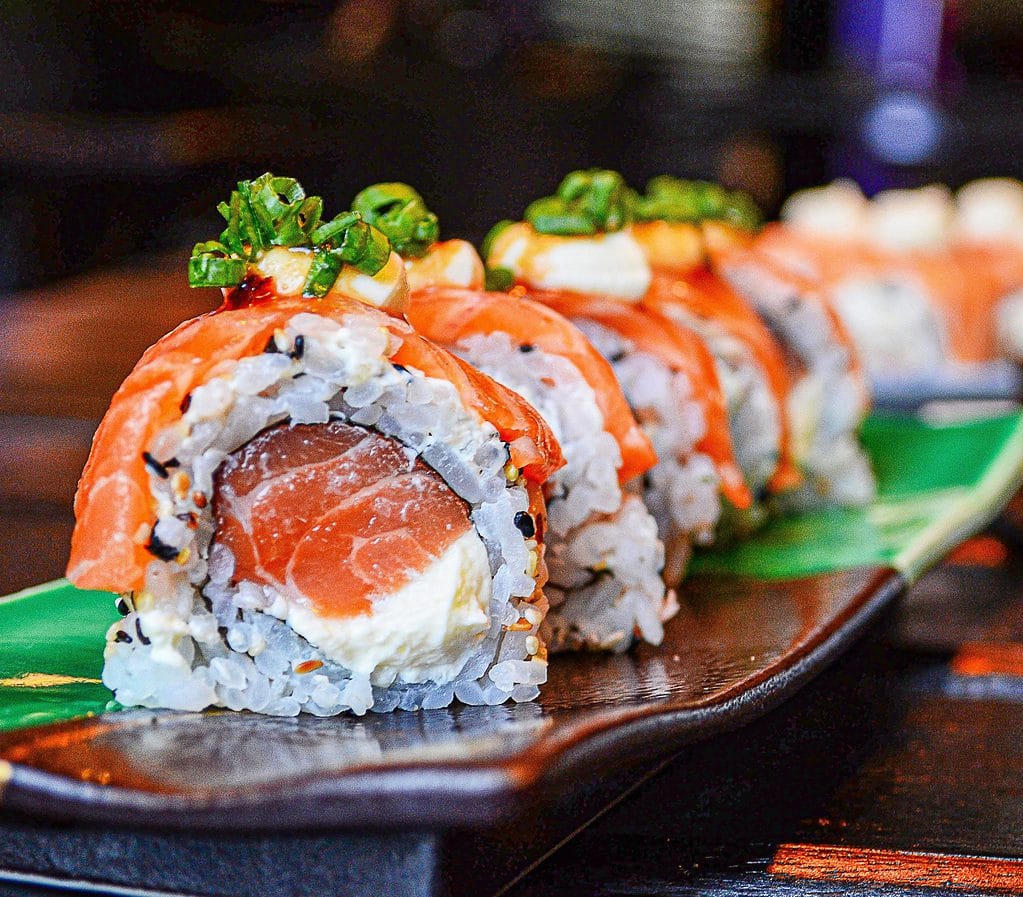
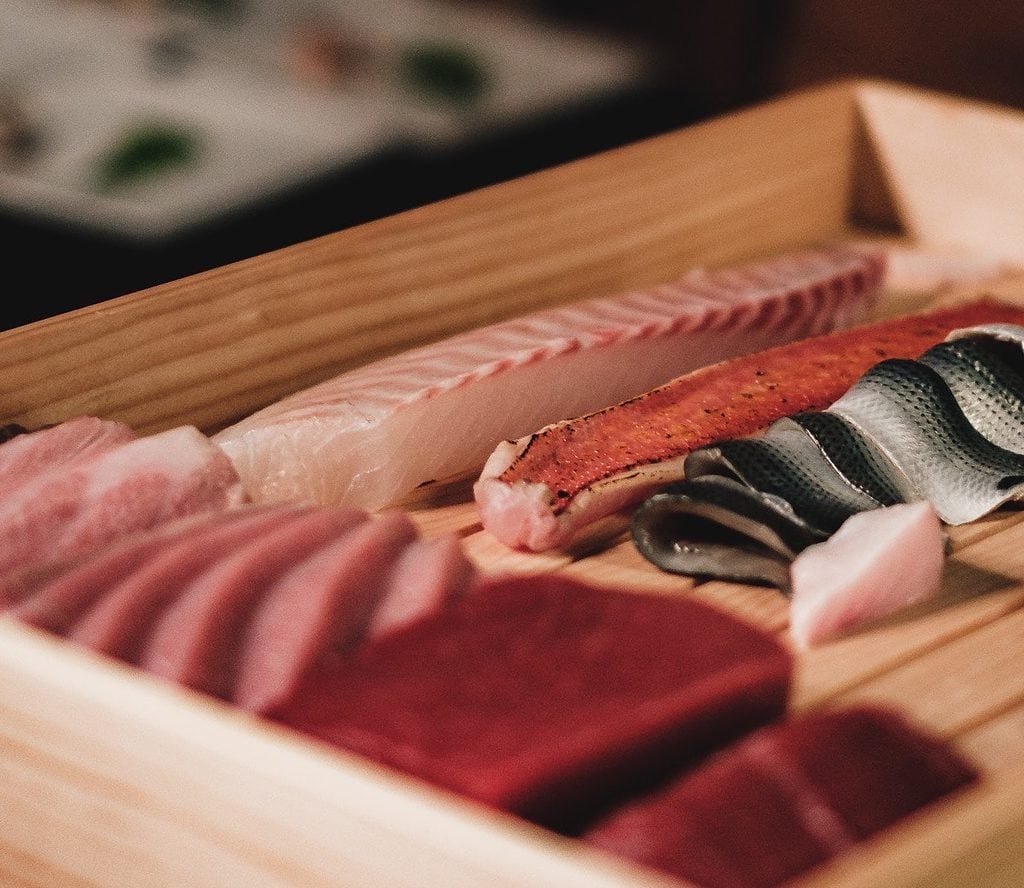
Sashimi
Sashimi is a Japanese delicacy, made from fresh, raw fish cut into thin slices. The raw fish is usually eaten with soy sauce and/or wasabi.
The best sushi side dishes
In addition to the classic garnishes such as soy sauce, wasabi or pickled ginger, there are many others that complement your sushi menu perfectly.
Edamame
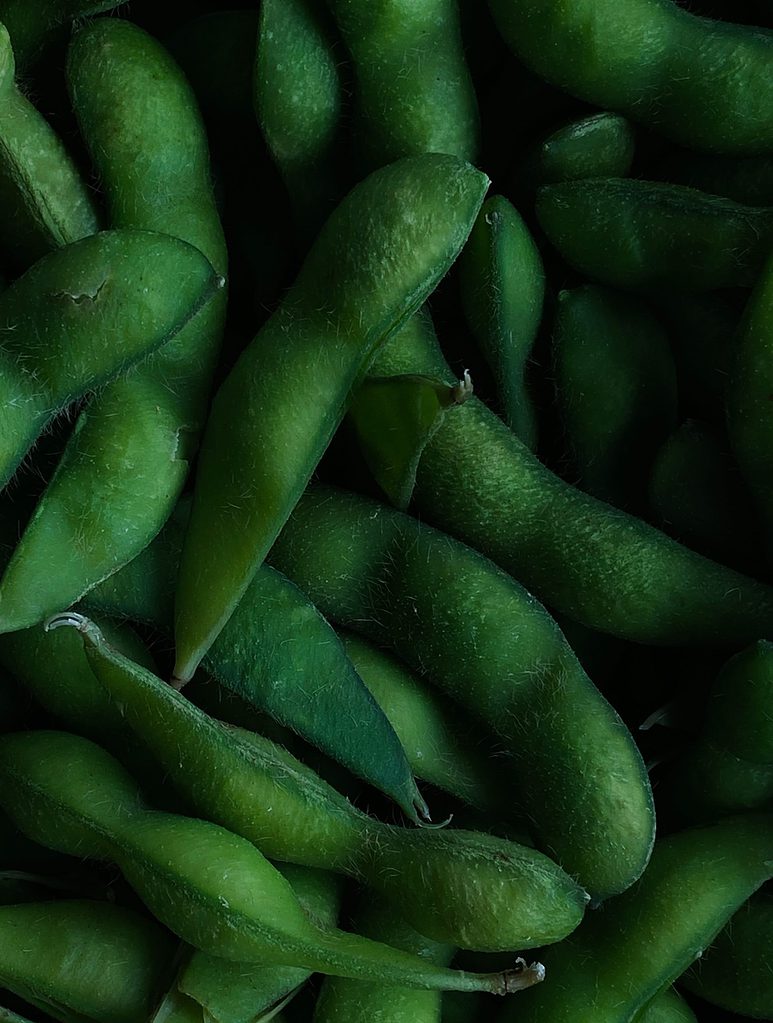
One of the most popular side dishes is edamame. The unripe harvested soybeans are cooked and seasoned before they are perfect as a snack or even as a side dish to some delicious salmon nigiri.
Misosuppe
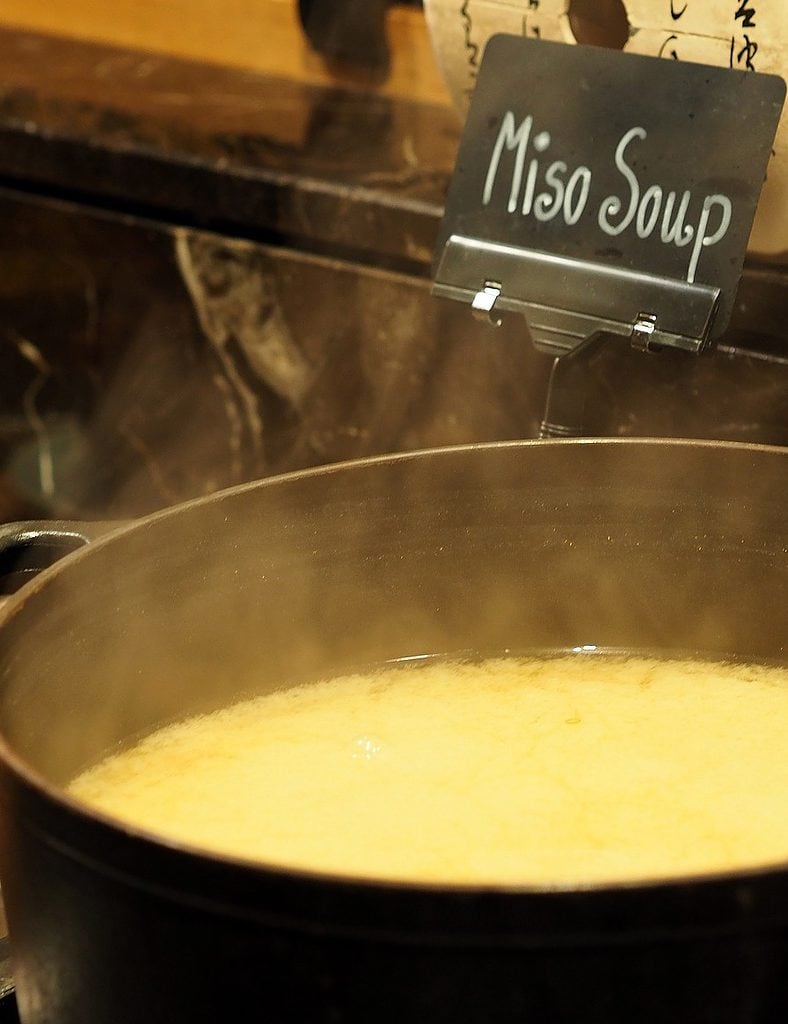
Whether as an appetizer, dessert or simply in between. The miso soup is an absolute classic in Japanese cuisine and is offered in every sushi restaurant. Combined with a sushi platter and a drink, it makes the perfect menu for one person.
Goma Wakame
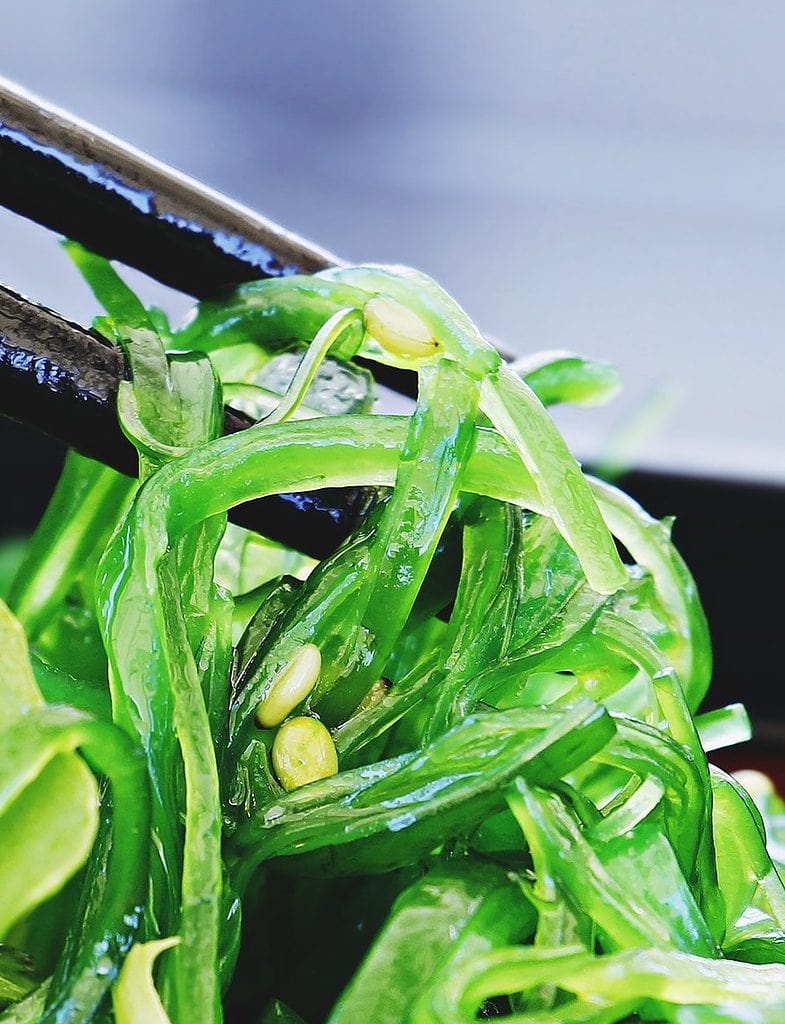
Goma Wakame or seaweed salad is another very well-known sushi addition. The Japanese salad fits because of the slightly salty, spicy flavor excellent to quite a few Japanese dishes.
Is sushi healthy?
In terms of health, the Japanese food has contributed significantly to longer life expectancy. This is in some part due to the fish that the Japanese eat. Many of the varieties found in sushi are high in EPA and DHA fatty acids.
For those who want their dish to be especially healthy, it is best to order healthier types of fish, such as salmon and tuna, which are low in mercury. Low-sodium soy sauce is also a good choice, and if the restaurant doesn’t have it, other healthy flavor enhancers such as wasabi or pickled ginger should be the primary choices.
The various combinations of different vegetables and fish have a very health-promoting effect on the body. For example, it can help improve intestinal health and strengthen the immune system. It also helps improve heart health and promotes thyroid function.
So versatile and incredibly delicious, you simply can’t go wrong with these little rice bites.
And what about this sushi?!
Fortunately only stop motion 😀
Heidelberg Sushi FAQ
Is there vegan sushi?
Surprisingly, sushi can be vegan. Although the term “sushi” is often used as a synonym for raw fish, sushi is actually the cold rice prepared with vinegar, made into any shape and garnished with raw seafood or vegetables. So it is possible to easily order vegan sushi without fish. Common vegan ingredients are avocado, cucumber or tofu, and takuan (pickled daikon radish).
Is sushi gluten-free?
Yes, sushi is basically gluten-free. The main ingredients rice, fish, vegetables and nori leaves are gluten-free and can be eaten by people with gluten intolerance or celiac disease. However, you should be careful if breaded or treated ingredients are included. In this case, it is always suitable to ask the staff for advice.
Is Heidelberg known for sushi restaurants?
In fact, Heidelberg is not particularly known for sushi, but this does not mean that there are not outstanding sushi restaurants in Heidelberg. With over 15 sushi restaurants in the city of 160,000 inhabitants, there is more than one sushi restaurant for every 10,000 inhabitants, which very clearly shows the love of the people of Heidelberg for sushi.